The Great Ocean Road is one of the beautiful twisty drives and also one of the best places to hit the trails in Australia. The magnificent coastal National Park, the Great Ocean Road region spans over 240 kilometers of beautiful coastal towns, National Parks, and diverse geography. Whether you are an extremely experienced hiker or an average person just looking for a single day’s hike, the Great Ocean Road has trails that are as per experience of the hiker. The striking limestone cliffs the thick forests of eucalypt the excellent beaches and the fern gullies, evergreen thickets – such assortment of environments is impossible to find along any other foot paths. Thus, in this handbook, we will consider other ways of enjoying this amazing coastline—hiking and walking trails that are less traveled by the public.
Unique Landscapes and Diverse Trails Along the Coast
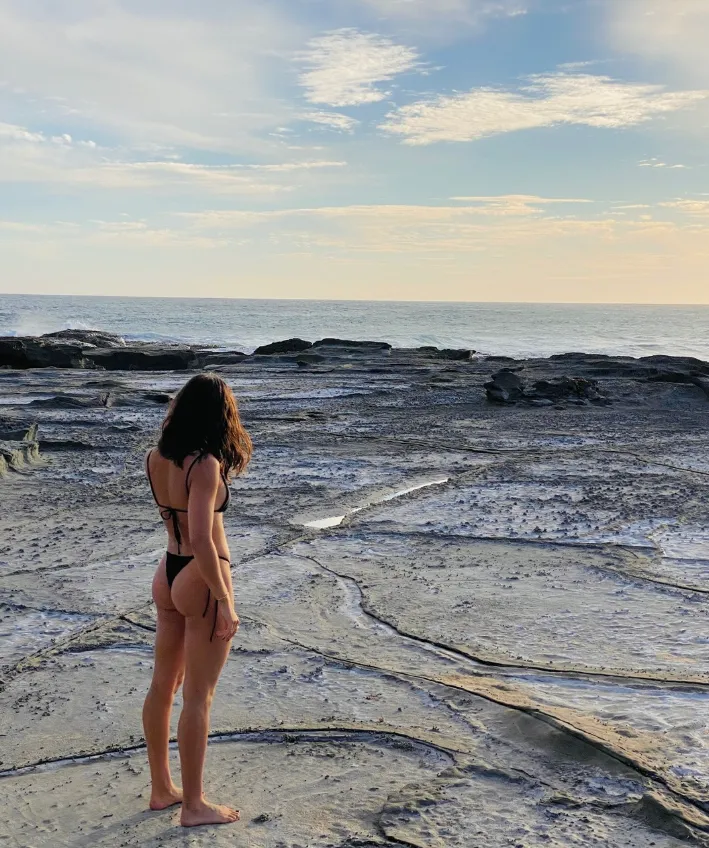
The magnificent coastal pathways benefit hikers with differentiated landscapes along the Great Ocean Road from coastal scrubs as well as heathlands up to massive limestone cliffs and dense tropical forests. On your way, you will also see some wild animals, such as the koala and the kangaroo, but mainly in places awe inspiring like the Otway National Park. However, surfing also includes landwalks such as the Surf Coast Walk that offers glorious views of the Southern Ocean. However, other walking opportunities inland offer peace and forest walks and gentle rivers instead. Such variety in the landscapes while walking through these trails provides every level of the hiker, be it a leisurely or a moderate in between, or those searching for a long-distance walk.
Great Ocean Walk: A Multi-Day Adventure

If you are a fan of any hiking, the Great Ocean Walk is a place that you should not miss. Over 100 kilometers long and between Apollo Bay and the Twelve Apostles, this long-distance walk goes through the most scenic part of the country. Depending on an individual’s pace and overall fitness, the hike may take anywhere from six to eight days. Among the highlights are the secluded beaches at Johanna Beach, near the Milanesia Beach the steep climbs, and the sheer sea stackin’s at Cape Otway. One of the many things to do is a visit to Wreck Beach where one can view sunken ships below sea level including the Marie Gabrielle and Fiji during low tide. It is important to organize your visit well and include tide times, weather, and other miscellaneous factors such as shuttle services for pick up and drop off. Experience the Great Ocean Road trip like never before! Hike the Great Ocean Walk, a 100-kilometer journey filled with secluded beaches, stunning views, and unique attractions like Wreck Beach. Don’t forget to check tide times!
Cape Otway Lightstation Walk
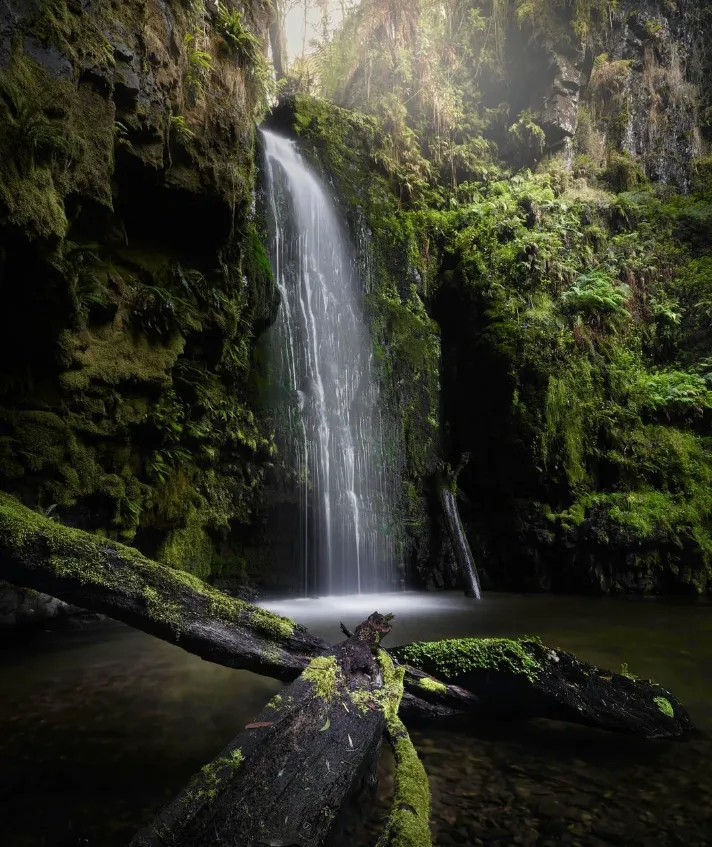
This walk begins at the historical Cape Otway Lightstation, it is an easy, shorter and family friendly hike that allows one a relaxing time to sightsee the amazing coastal sights while understanding the maritime history of the area. The path cuts across coastal heathlands and eucalypt forests before ending at the scenic Parker Inlet. This walk is ideal for those wishing to combine stunning imagery with cultural insights while taking a half day’s excursion. This location is also one of the most efficient places to view the odds and has plenty of lightstation outsets for this purpose as well.
Surf Coast Walk
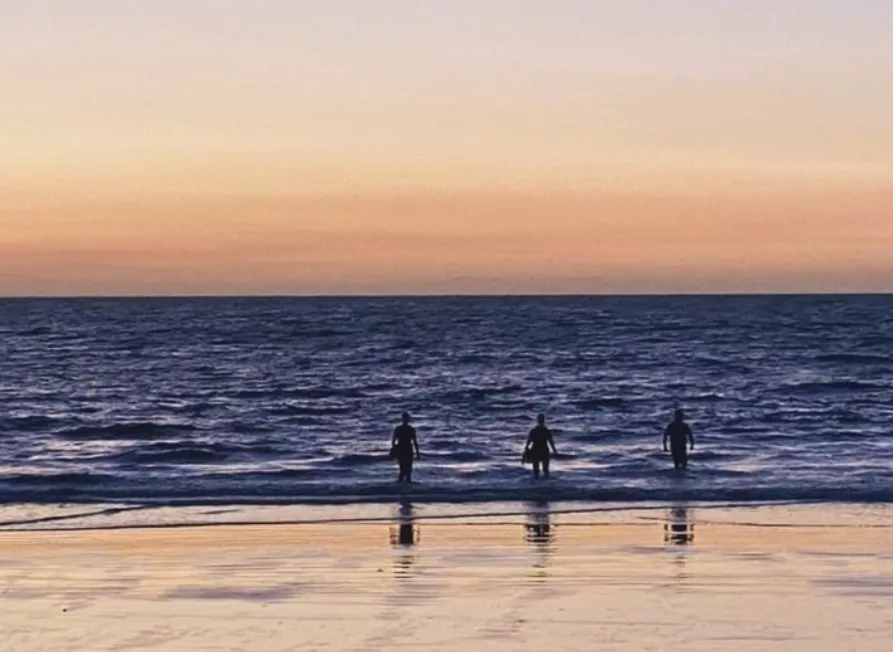
From Torquay to Aireys Inlet, the Surf Coast Walk is a continuous seaside and to the bush mountain’s edge walk of the longest extending walk, The Surf Coast Walk, which spans 44 kilometers. It is divided into twelve sections and therefore it is so easy to pick out a hiking plan that suits your timeline and the amount of energy that you have. The cliffs along the shores offer spectacular views in the distance including the famous Bells beach which is famous for its world’s renowned surf breaks. The path leads through beach scrub and jumbled coastline, which allows access to some sandy bays and sea pools. Under such weather conditions, together with numerous tourist car parking and easy public transport to great ocean road, such easy hikes seem to be the easiest one.
Gibson Steps and Twelve Apostles Hike
For those visiting the Great Ocean Road and who are looking for a shorter hike, the Gibson Steps and Twelve Apostles Hike would be the best option. The 2.5-kilometer round-trip trail starts from the Twelve Apostles Visitor Centre and descends to the beach via the historic Gibson Steps. The view looking up at the headlands from the beach where these enormous limestone stacks are situated is one of the most spectacular on the coastline. After some more beach time, you may return to the top of the cliff and follow the path towards the twelve apostles viewing platform for more of the stunning vistas.
Blanket Bay to Parker Hill

This moderate 11 kilometer hike begins at Blanket Bay Campground and trails over the coast forests and grasslands towards Parker Hill. The hike provides a select combination of inland and coastal views with an abundance of native animals including echidnas and wallabies. The area around Parker Hill has views looking towards the Southern Ocean and the distance is simply an awesome whale watching sight during the season. People who are looking at camping has the advantage of starting from the Blanket Bay campground that has very basic facilities and rainwater tanks.
Milanesia Beach to Moonlight Head
The Great Ocean Walk Mihir is situated at the furthest end and is probably the hardest of all the trails, covering fourteen kilometers starting from Milanesia beach in Bunga to Moonlight Head. The terrain is composed of steep ascents and descents, rough landscapes, and exclusive coastlines that define this area to the advanced expeditioner. Expect to discover some of the best coastal views of this area as you traverse through limestone cliffs and thick coastal shrub. Remember to look at tide times before you begin as some high tide sections are cut out and can’t be crossed.
Johanna Beach to Ryans Den
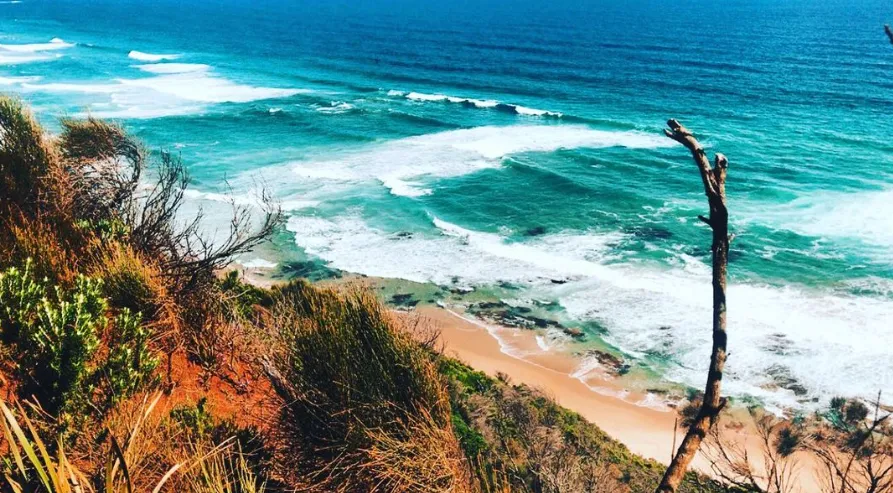
Commencing from Johanna Beach and ending at Ryans Den is a strenuous thirteen kilometer long trek which includes long stretch of beach walking, coastal scrub and sections of thick rainforest as well. Every direction viewed offers crisp sight of the ocean swells and of the drinkable Ogway hinterland. Johanna Beach is a surfing destination famous for the molten waves and enthralling landscapes. Moving further towards Ryans Den, the trail starts ascending uphill through intervalling steeps hilly points with assistance of glucose and a lot inspiring picturesque nature of coast lines and inland greenery.
Elliot Ridge to Blanket Bay
This 12-kilometer trail is the most varied in terms of hiking in the Great Otway National Park. The path begins at Elliot Ridge and passes through eucalypt forests and across the attractive Parker Inlet before emerging at Blanket Bay. The journey combines numerous river crossings and a few moments when the mountain ash and flowering plants are free observed. It’s a pretty straightforward walk, and is good for families or anyone in search for a more relaxing day on the trails.
Aire River to Johanna Beach
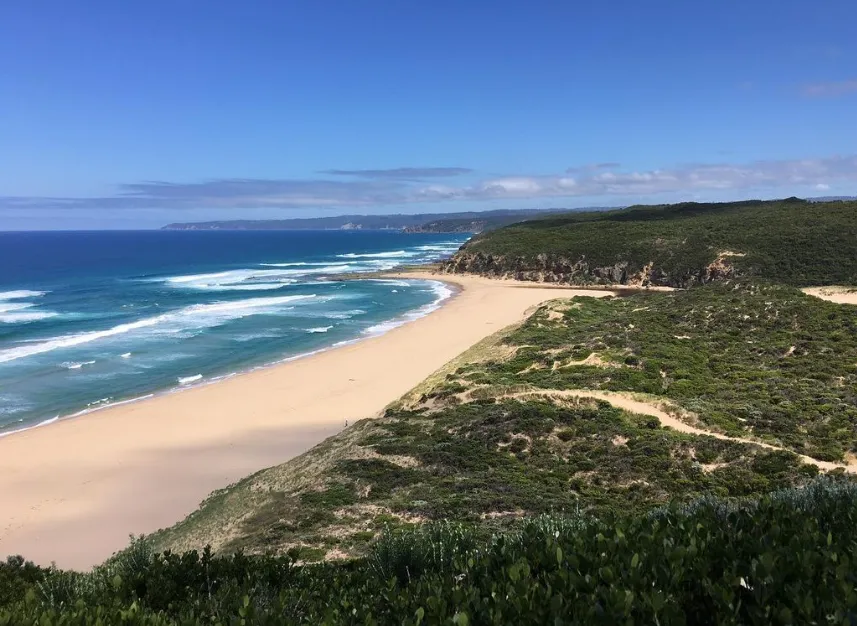
This easy-moderate 10-kilometer trail, where its ending is the Johanna Beach can be approached from the end of the Aire River, meanders through beautiful wetlands framed by grassy flats before which stretch wild grey sands. Narrow stream passes through the hilly area where trees surround the river thus river walks are common and loved by the people. The location offers gentle slopes and beautiful sights. Families and other protruding interest seem to frequent this coastline stroll quite often.
Beauchamp Falls & Hopetoun Falls Hike
These two short walks in the beautiful Beech Forest area of Victoria are great for nature lovers and waterfall fans alike. The Beauchamp Falls trail is a 3 km return walk through thick rain forest and ferny gullies to the picturesque waterfall. In contrast, Hopetoun Falls is a shorter but steeper 1 km hike which takes you to some beautiful but forceful falls ending at a calm basin. Both walks depart from the Melba Gully Day Visitors Area and as such present excellent walking opportunities within the natural splendour of the Otway Ranges.
Hiking Trails Summary Table
Before planning your hiking adventure along the Great Ocean Road, consider the details in the table below to choose the trail that best fits your interests and fitness level.
| Trail Name | Distance | Difficulty | Highlights |
|---|---|---|---|
| Great Ocean Walk | 100 km | Hard | Coastal views, isolated beaches, marine wildlife |
| Cape Otway Lightstation Walk | 2 km | Easy | Historic lighthouse, coastal heathlands, koalas |
| Surf Coast Walk | 44 km | Moderate | Surf towns, coastal cliffs, Bells Beach, ocean views |
| Gibson Steps & Twelve Apostles | 2.5 km | Easy | Limestone stacks, beach walking, stunning views |
| Blanket Bay to Parker Hill | 11 km | Moderate | Coastal forests, Parker Inlet, native wildlife |
| Milanesia Beach to Moonlight Hd | 14 km | Hard | Remote beaches, rugged terrain, dramatic cliffs |
| Johanna Beach to Ryans Den | 14 km | Moderate | Coastal views, rainforest, ocean swells |
| Elliot Ridge to Blanket Bay | 12 km | Moderate | Eucalypt forests, river crossings, wildlife |
| Aire River to Johanna Beach | 10 km | Easy | Wetlands, birdlife, beach access |
| Beauchamp & Hopetoun Falls | 4 km (total) | Moderate | Waterfalls, rainforest, fern gullies |
Conclusion

There are few better ways to appreciate the region than hiking the Great Ocean Road. The best part is that everyone gets a chance to try every kind of hike no matter what their preferences are. Whether it be easy going day hikes suitable for the young ones or strenuous multi-day hikes for the veterans, the Great Ocean Road opens itself up to interaction with nature and appreciating the coastline of Victoria in its other word; caters for all age groups and levels of convenience. Finally pack some refreshments, check the tides and head out for the hike of your dreams that is going to be revitalizing and filled with views you will never forget.
FAQ
What’s the best time to hike the Great Ocean Road Trails?
The most ideal time of the year to hike the Great Ocean Road trails is from spring or September through to November, and in autumn or March through to May because there is temperate weather and the scenery is in full bloom.
Are there any organized trekking tours along the Great Ocean Road?
Yes, several organized trekking tours focus on the history, geology and wildlife of the area. Such tours are helpful to those who do not want to do self-guided trekking and are interested in knowing more about the area.
Is it possible to camp along the route of the Great Ocean Walk?
Yes, there are campsites that are authorized for use on the Great Ocean Walk. Such sites should be reserved in advance, particularly during the camping & hiking seasons, as they tend to get booked early.
Do the routes cater for novice hikers?
There are various well marked trails on the Great Ocean Road for all levels of experience from simple walks like the Cape Otway Lightstation Walk to serious parts of the Great Ocean Walk. People who are new to hiking should try short, clearly defined paths and measure what they bring wisely.
How should I prepare myself for a multi-day hike for the Great Ocean Road?
When preparing for a multi-day hike along the Great Ocean Road, some of the basics to include in your packing list are a quality backpack, a pair of good comfortable hiking boots, clothing that can easily be layered, a first aid kit, enough water and food, a map and or GPS device, and if you don’t plan to turn back, tents and sleeping bags. As a general practice, always carry appropriate clothes for changing weather.